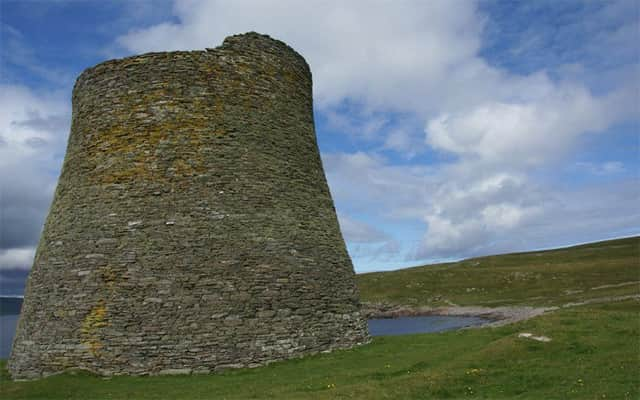Caithness digs deep to discover secrets of its brochs


Brochs, circular stone towers dating from the Iron Age, were constructed to provide shelter in both times of war and peace. The impressive structures comprised a double wall of stone, thicker towards the base and tied with cross slabs at various heights to provide stability as well as internal galleries.
Now researchers and archaeologists have teamed up to begin the first phase of the Caithness Broch Festival, a year-long programme of heritage projects for 2017 and 2018.
Advertisement
Hide AdAdvertisement
Hide AdThere are more broch sites in Caithness than anywhere else in Scotland but there have been few recent explorations of stone towers in the county.
The community project began this week at Bruan Broch, near Lybster, and continues at Thing’s Va Broch, near Thurso, on August 17 and 18.
Local residents and visitors have been invited to see how archaeologists undertake magnetic and earth resistance surveys at these two important Iron Age structures. The sites will be open from 10am to 3pm each day of the survey.
Bruan Broch is described as an outstanding example of an Iron Age settlement, and includes possible out-buildings associated with the main structure.
Thing’s Va broch Has surviving elements of the interior including a cell within the outer wall. The site’s name suggests it was used in the Norse period as a meeting place and other accounts suggest that there are earlier Neolithic or Bronze Age structures on the site.
There are around 500 surviving broch sites across the Highlands, islands and Orkney and Shetland. The best surviving example is Mousa Broch, which is considered one of the best preserved ancient buildings in Europe.
Dan Lee, outreach archaeologist at the Islands Archaeology Institute, said: “We are looking forward to a year of exciting activities for local communities and exploring some of the broch sites that are so important to the area.”
It is hoped the project will help train locals to develop and sustain archaeological projects within the county.